Alumina Magnesia Carbon Brick Introduction:
Aluminum magnesia carbon brick for the working layer refers to a refractory product made of super high alumina bauxite or corundum sand, magnesia sand and flaky graphite. Aluminum magnesium carbon refractory brick is a lining fire product, refractory aluminum magnesia carbon brick for the steel ladle is made of super high alumina bauxite or corundum sand, magnesia sand and flaky graphite.
Alumina Magnesia Carbon Brick Advantages:
Aluminum magnesium carbon fire brick has the advantages of anti-erosion, anti-flaking, balanced erosion, safe use, less slag dipped in steel, and easy unpacking. Alumina magnesia carbon fire brick for the steel ladle is mainly used for the lining of steel used in harsh conditions. Refractory alumina magnesia carbon bricks for the steel ladle used in the molten pool part and the bottom part of the continuous casting large tundish and the refining package outside the furnace.
- Resistance to slag erosion;
- Resistance to molten steel corrosion;
- Excellent spalling resistance;
- Good thermal stability;
- Low thermal conductivity;
- Strong oxidation resistance;
- Superior insulation performance, better than magnesia-carbon bricks;
- Moderate residual linear expansion;
- Better spalling resistance compared to magnesia-carbon bricks in ladles;
- Enhanced matrix;
- Excellent structural integrity;
- High resistance to thermal shock.
Alumina Magnesia Carbon Brick Application:
AMC bricks are used mainly on sidewalls and bottom working linings of steel-making ladles, a vessel with a critical role in current integrated metallurgical processes. The application of AMC bricks in the slag line is limited due their susceptibility to basic melt attack at high temperature. These refractories are exposed to severe mechanical and thermal loading throughout their lifetime, in an aggressive environment comprised of melts (metal and slag), gases and solid particles. Their main advantage with respect to the other members of the C-oxide family, such as MgO-C and Al2O3-C bricks, is the in-situ formation of MgAl2O4 spinel at temperatures over 1000 °C, an expansive process which collaborates to close joints, reducing the corrosion by melts.
AMC bricks are widely used in non-ferrous metallurgy, ferrous metallurgy, building materials, petrochemical, electric power and other industries.
- Top blown bath smelting
- Bottom blowing furnace
- Side blown furnace
- Zinc volatilization rotary kiln
- Flash furnace
- Electric furnace
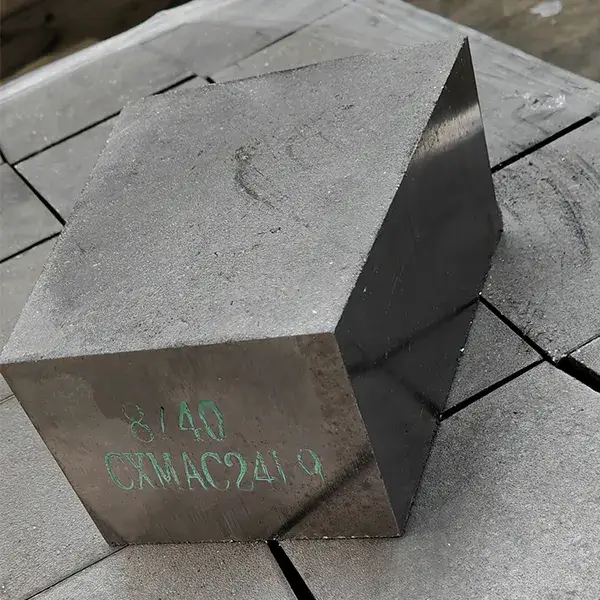
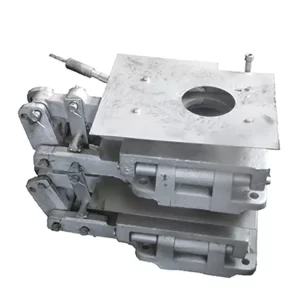
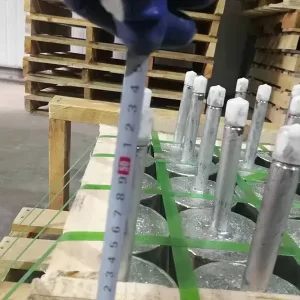
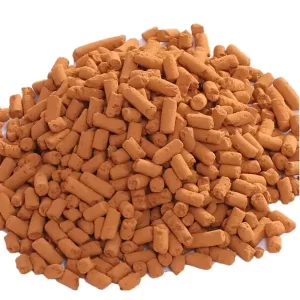
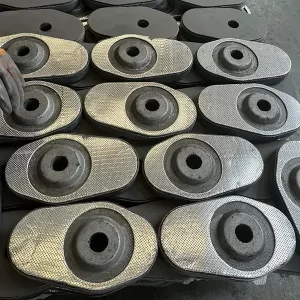
Reviews
There are no reviews yet.